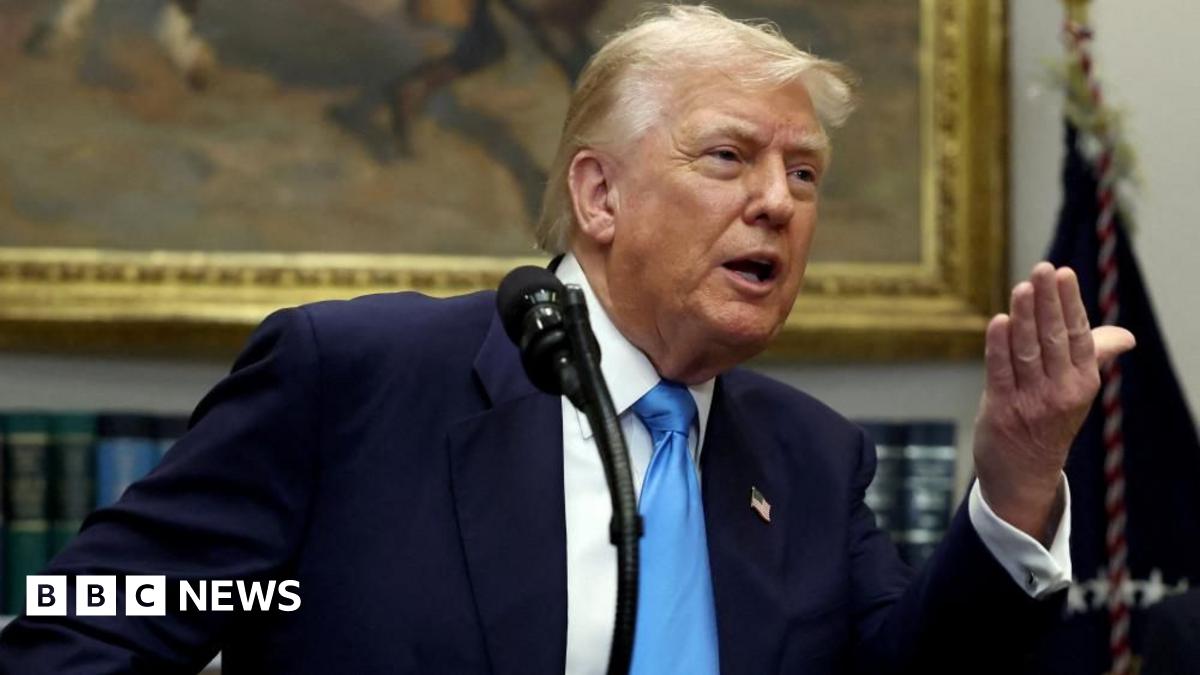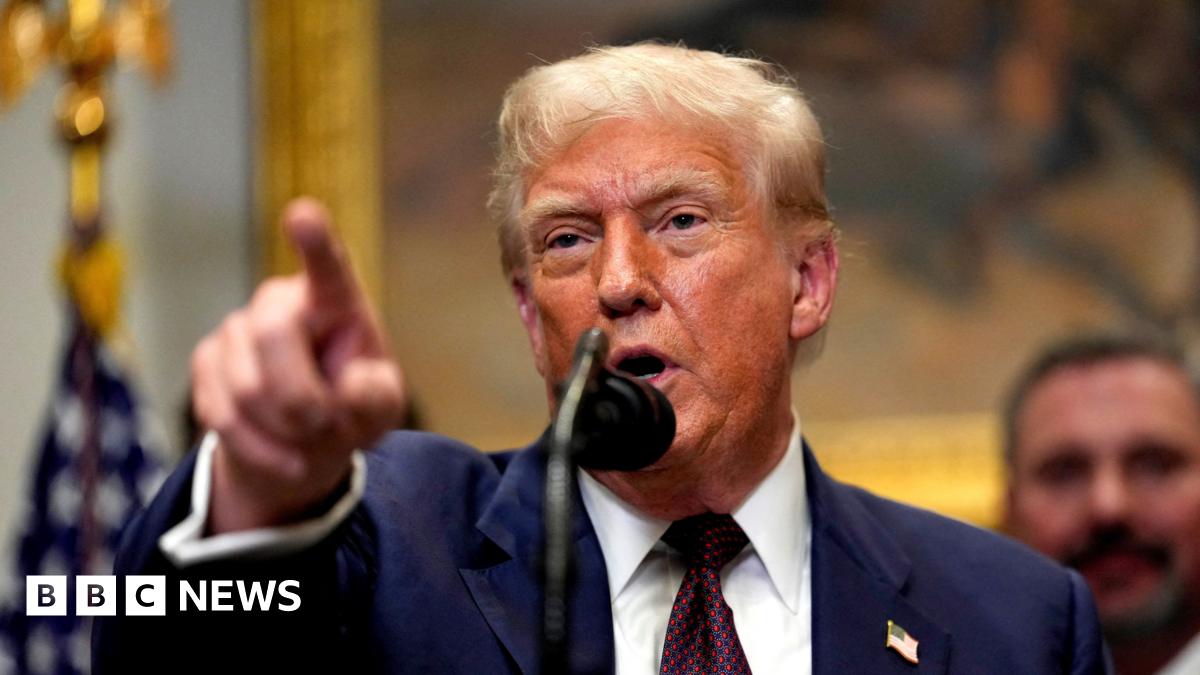What Happened
On June 11, 2025, the United States announced a partial evacuation of non-essential personnel from its embassies and military facilities in the Middle East, particularly in Iraq, Bahrain, and Kuwait. This decision was made in response to heightened security risks amid escalating tensions between the U.S., Iran, and Israel. President Donald Trump indicated that the situation in the region could become dangerous, leading to the authorization of voluntary departures for military dependents and non-emergency government personnel. Reports of the evacuation plans resulted in a significant increase in oil prices, with Brent crude futures rising by more than 4%, reflecting market concerns about potential disruptions in a critical oil-producing region.
The U.S. military maintains a substantial presence in the Middle East, with bases in Iraq, Kuwait, Qatar, Bahrain, and the United Arab Emirates. The decision to withdraw personnel comes at a time when diplomatic efforts to negotiate a nuclear deal with Iran appear stalled, and U.S. intelligence suggests that Israel may be preparing for military action against Iranian nuclear facilities. The Iranian government has responded to these developments with warnings of retaliation should military action occur.
Key Details
-
Evacuation Orders: The U.S. State Department authorized the departure of non-essential personnel from its embassies in Iraq, Bahrain, and Kuwait, citing “heightened regional tensions.” The evacuation also included military dependents, primarily located in Bahrain.
-
Oil Price Impact: Following the announcement of the personnel withdrawal, Brent crude oil prices surged by over 4%, reaching approximately $69.18 per barrel. This increase reflects market apprehension regarding potential disruptions to oil supply in the region.
-
Military Presence: The U.S. has approximately 2,500 troops stationed in Iraq, alongside military bases in other Gulf states. The Pentagon has emphasized that the safety of service members and their families is a top priority.
-
Tensions with Iran: The backdrop of these developments includes ongoing tensions between the U.S. and Iran, particularly regarding Iran’s nuclear program. President Trump expressed skepticism about the likelihood of reaching a nuclear agreement, stating that he is “less confident” than before.
-
Iran’s Response: Iranian officials, including Defense Minister Aziz Nasirzadeh, have warned that any military action against Iran would lead to significant consequences for U.S. forces in the region.
Multiple Perspectives
The situation has prompted various interpretations and responses from different stakeholders:
-
U.S. Government Perspective: Officials from the U.S. government, including President Trump and Defense Secretary Pete Hegseth, have framed the evacuation as a precautionary measure to ensure the safety of American personnel amid rising threats. They emphasize a commitment to national security and the need to adapt to changing conditions in the region.
-
Iranian Government Perspective: Iranian officials have characterized the U.S. military presence and the threats of military action as destabilizing. They argue that such actions only exacerbate tensions and assert that Iran does not seek nuclear weapons, countering U.S. claims.
-
Market Analysts: Analysts in the oil market view the increase in oil prices as a direct reaction to geopolitical instability. The Middle East is a critical region for global oil supply, and any perceived threat to stability can lead to immediate market reactions.
Context & Background
The U.S. military presence in the Middle East has been a longstanding aspect of American foreign policy, particularly in relation to oil security and countering Iranian influence. The region has historically been a flashpoint for conflicts involving multiple actors, including the U.S., Iran, and Israel. The recent escalation of tensions can be traced back to stalled negotiations over Iran’s nuclear program, which has been a contentious issue for years.
The U.S. has accused Iran of pursuing nuclear weapons capabilities, while Iran maintains that its nuclear program is for peaceful purposes. The geopolitical landscape has been further complicated by Israel’s military actions against Iranian-linked targets in the region, raising concerns about a potential military confrontation.
The backdrop of the ongoing conflict in Gaza and its implications for regional stability also plays a crucial role in the current tensions. The U.S. has been closely monitoring developments, and the situation remains fluid.
What We Don’t Know Yet
Several uncertainties remain regarding the evolving situation:
-
Specific Security Threats: While the U.S. government has cited “heightened security risks,” the specific nature of these threats has not been publicly detailed. This lack of clarity raises questions about the immediacy and severity of the risks involved.
-
Future Diplomatic Efforts: The potential for renewed diplomatic negotiations between the U.S. and Iran remains uncertain. The outcome of upcoming talks could significantly influence regional dynamics and the likelihood of military action.
-
Market Reactions: The oil market’s response to ongoing developments will depend on how the situation unfolds. Future fluctuations in oil prices will likely be influenced by both geopolitical events and changes in supply and demand dynamics.
In summary, the U.S. decision to withdraw personnel amid rising tensions in the Middle East has immediate implications for both regional security and global oil markets. The interplay of military, diplomatic, and economic factors will continue to shape the situation in the coming weeks and months.





